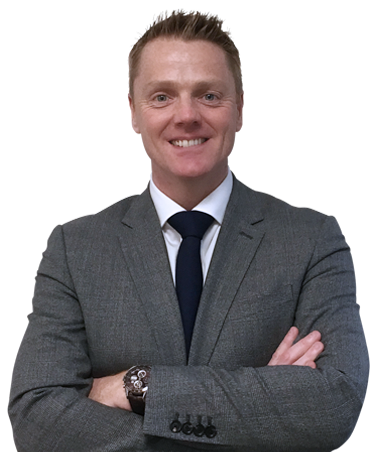 Transportation across the globe is changing and developing at an incredible rate, affecting how we all travel. Knowledge and awareness of the challenges is key to success. Expert View magazine in the UK recently interviewed our CEO Hugh Jones on how applying transportation innovation and experience drives tangible solutions. The following is an extract from the article.
Transportation across the globe is changing and developing at an incredible rate, affecting how we all travel. Knowledge and awareness of the challenges is key to success. Expert View magazine in the UK recently interviewed our CEO Hugh Jones on how applying transportation innovation and experience drives tangible solutions. The following is an extract from the article.
EV: Expert View / HJ: Hugh Jones
EV: Is there a common theme with regard to mass transportation globally?
HJ: The emerging role of cities is extremely important. We expect over five billion of the world’s population to live in cities by 2030, and they will want increased levels
of mobility. They will also want their cities to be wonderful places in which to live and work, and that brings new challenges to the planners of our global cities.
EV: How do smart city solutions play a part?
HJ: It is about defining solutions for cities, not defining the smart city concept. You need to look at the particular characteristic of any city and ensure you understand its role, function and needs. Often smart cities are seen as being very technologically dependent but, in fact, much simpler solutions bring about connected cities, such as the use of good signage, information provision and accessible fares.
EV: How are you able to help with the modern transportation challenges?
HJ: We are independent and therefore bring no downstream affiliation to a system, design, construction or contract. Our sole focus is to look after the client and deliver to them the best advice to ensure they have the transportation solutions they need. We turn visions into reality by combining analytical pedigree with real world delivery. All this is achieved in a way that is sympathetic to local needs and consistent with international best practice. In the last four years alone we have helped our clients raise US$32 billion to invest successfully into transportation infrastructure.
EV: What is the role of the private sector in evolving transportation solutions?
HJ: The private sector has a role to play globally in delivering transportation solutions as it brings capital, innovation and skills that are not always apparent in the public sector. The challenge, though, is for the public sector to harness those skills in a sensible way, with appropriate contracts and regulations, to ensure a healthy partnership between the private and public sectors.
EV: How is the aviation sector changing and what solutions can you offer?
HJ: The aviation sector is always changing. Today we are seeing the demand for air travel rise on a local basis as well as a growth in new international markets. There are price pressures as carriers seek to maintain competitiveness and profitability, as well as environmental pressures as the consequences of long distance travel are more thoroughly acknowledged.
EV: In 10-20 years’ time will there be some radically innovative transportation solutions?
HJ: Whether they will be radically innovative remains to be seen, but I think we are at a point in time where we are beginning to see some of those solutions come through. Smart applications are potentially being used to plan and deliver public transportation in many ways, as well as the increased use of the driverless or electric car. The emergence of Uber is another example. All these solutions are reaching a tipping point, and when that is reached we will see changes in the way people behave and the way they plan and use transportation. The biggest unknown is how the users of the transportation network are going to respond to the new innovation
once it reaches a critical mass and becomes ingrained in our day-to-day life and practices.
 Transportation across the globe is changing and developing at an incredible rate, affecting how we all travel. Knowledge and awareness of the challenges is key to success. Expert View magazine in the UK recently interviewed our CEO Hugh Jones on how applying transportation innovation and experience drives tangible solutions. The following is an extract from the article.
Transportation across the globe is changing and developing at an incredible rate, affecting how we all travel. Knowledge and awareness of the challenges is key to success. Expert View magazine in the UK recently interviewed our CEO Hugh Jones on how applying transportation innovation and experience drives tangible solutions. The following is an extract from the article.